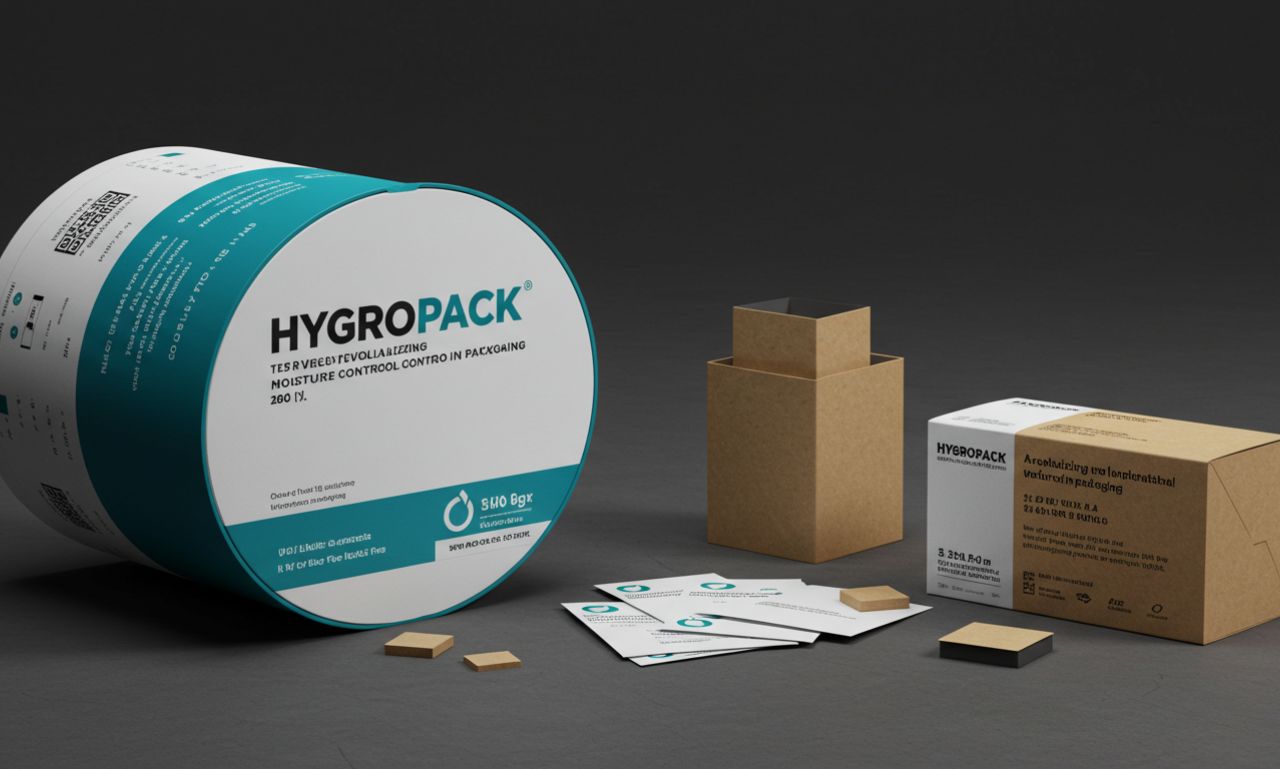Stretching for Rapid Box Splits:…..If you’re trying to increase your flexibility and particularly if you’re looking to learn party tricks like the splits, then you might currently be going through the painful process of forcing yourself into uncomfortable stretched positions every day. According to Pavel Tsatsouline, this might be a waste of your time! In his book, Relax Into Stretch, Pavel explains an alternative stretch method that may be less painful and more effective. Read on, and we’ll look at how this works.
You’re More Flexible Than You Know…|Box Splits
To demonstrate just how flexible you already are, try lying flat on your side with your legs straight. Now raise your top leg up sideways as far as you can. In all likelihood, you should be able to get it to 90 degrees so that it’s pointing directly upwards.
And if you can do that, then you should be able to perform box splits!
Why? Because there’s nothing actually connecting your legs other than skin and bone. There are no tendons, no ligaments and no muscle – there’s nothing there to physically ‘stretch’. So if anyone can do the box splits, you should be able to do it too…
The Role of the Central Nervous System
The question you should be asking at this stage then, is what is it that’s actually holding you back from complete mobility and freedom of movement?
And the answer is that it could be your central nervous system. The idea here is that you have ‘learned’ a healthy range of motion for your limbs and joints and that your central nervous system then works to try and keep you within that. When your muscles and connective tissue stretch too much, your reflexive strength kicks in causing a knee-jerk contraction that tightens you up again and prevents you from moving any further in that direction.
So in other words, your inability to stretch is actually largely psychological.
How to ‘Relax Into the Stretch’ |Box Splits
To get around this, Pavel teaches us to try ‘relaxing’ into our stretches instead. This means that you’re no longer trying to stretch and elongate anything and as such you don’t need to push yourself to such painful extremes. Instead, you’re going to get into the position where you first start feeling some resistance. Then, instead of trying to push further, the objective is just to relax into that position and let the muscles soften as much as possible. You can even try using visualization techniques – imagining that your muscles are being bathed in warm water for instance, which can help you to un-tense them.
Either way, you should eventually find that the position feels comfortable or at least more relaxed eventually and at that point you have successfully ‘relaxed into the stretch’. You should find that practicing this even just a few times is enough to retrain your central nervous system, to lose that old reflex and to regain some of the flexibility and vigour of your youth.
Give it a shot and if it doesn’t work you haven’t lost anything. A lot of people though find that it is very useful indeed – just don’t use this technique to stretch your back which can lead to injury.


































